
Heliox: Where Evidence Meets Empathy 🇨🇦
Join our hosts as they break down complex data into understandable insights, providing you with the knowledge to navigate our rapidly changing world. Tune in for a thoughtful, evidence-based discussion that bridges expert analysis with real-world implications, an SCZoomers Podcast
Independent, moderated, timely, deep, gentle, clinical, global, and community conversations about things that matter. Breathe Easy, we go deep and lightly surface the big ideas.
Curated, independent, moderated, timely, deep, gentle, evidenced-based, clinical & community information regarding COVID-19. Since 2017, it has focused on Covid since Feb 2020, with Multiple Stores per day, hence a sizeable searchable base of stories to date. More than 4000 stories on COVID-19 alone. Hundreds of stories on Climate Change.
Zoomers of the Sunshine Coast is a news organization with the advantages of deeply rooted connections within our local community, combined with a provincial, national and global following and exposure. In written form, audio, and video, we provide evidence-based and referenced stories interspersed with curated commentary, satire and humour. We reference where our stories come from and who wrote, published, and even inspired them. Using a social media platform means we have a much higher degree of interaction with our readers than conventional media and provides a significant amplification effect, positively. We expect the same courtesy of other media referencing our stories.
Heliox: Where Evidence Meets Empathy 🇨🇦
Fractals Connect Everything from Your Heartbeat to the Cosmos
The world is trying to tell us something. It's speaking a mathematical language that appears everywhere—in our bodies, in our art, in the way financial markets rise and fall, in the branching of trees and rivers. This language even shows up in our heartbeats and brain patterns.
The language is fractals, and understanding it might be the key to decoding the underlying patterns of reality itself.
Most of us were taught that geometry is about clean lines, perfect circles, and neat equations. That's Euclidean geometry—the mathematics of idealized forms that rarely exist in the real world. But reality isn't smooth. It's rough, jagged, complex, and messy.
Look at a mountain range, a bolt of lightning, or the coastline of Britain. Try measuring that coastline, and you'll discover something strange: the length depends on how closely you look. Measure it with a yardstick, and you get one answer. Measure it with a foot-long ruler, and the length increases because you capture more detail. Use an inch-long ruler, and it grows even longer.
This "coastline paradox" points to a fundamental truth about our world: natural forms have infinite detail at every scale. They're fractal. ... continue reading the article
This is Heliox: Where Evidence Meets Empathy
Independent, moderated, timely, deep, gentle, clinical, global, and community conversations about things that matter. Breathe Easy, we go deep and lightly surface the big ideas.
Thanks for listening today!
Four recurring narratives underlie every episode: boundary dissolution, adaptive complexity, embodied knowledge, and quantum-like uncertainty. These aren’t just philosophical musings but frameworks for understanding our modern world.
We hope you continue exploring our other podcasts, responding to the content, and checking out our related articles on the Heliox Podcast on Substack.
About SCZoomers:
https://www.facebook.com/groups/1632045180447285
https://x.com/SCZoomers
https://mstdn.ca/@SCZoomers
https://bsky.app/profile/safety.bsky.app
Spoken word, short and sweet, with rhythm and a catchy beat.
http://tinyurl.com/stonefolksongs
Curated, independent, moderated, timely, deep, gentle, evidenced-based, clinical & community information regarding COVID-19. Since 2017, it has focused on Covid since Feb 2020, with Multiple Stores per day, hence a large searchable base of stories to date. More than 4000 stories on COVID-19 alone. Hundreds of stories on Climate Change.
Zoomers of the Sunshine Coast is a news organization with the advantages of deeply rooted connections within our local community, combined with a provincial, national and global following and exposure. In written form, audio, and video, we provide evidence-based and referenced stories interspersed with curated commentary, satire and humour. We reference where our stories come from and who wrote, published, and even inspired them. Using a social media platform means we have a much higher degree of interaction with our readers than conventional media and provides a significant amplification effect, positively. We expect the same courtesy of other media referencing our stories.
This is Heliox, where evidence meets empathy. Independent, moderated, timely, deep, gentle, clinical, global, and community conversations about things that matter. Breathe easy. We go deep and lightly surface the big ideas. Look around you for a moment, whether it's the intricate branching of a fern, the mesmerizing swirl of a Van Gogh painting or, you know, the complex architecture of a microchip. There's this captivating beauty and complexity woven into our world. Absolutely. And what if I told you that a single fundamental mathematical idea might be the hidden thread connecting all this diverse intricacy? There would be fractals. Yeah. Right. Today on the Deep Dive, we're plunging into that fascinating realm. We are. We'll be drawing insights from a bunch of articles that look at, well, what they are, where you find them. Nature, tech. Right. Why we often think they're beautiful and they're intriguing links to art and even our psychological well-being. Exactly. We've got a really rich mix of sources here. Everything from hard science analysis to discussions on aesthetics and art history. Yes, pretty broad. And our goal with this deep dive is basically to give you a potent dose of understanding about fractals, those aha moments that illuminate without getting, you know, bogged down. A shortcut to the cool stuff. Precisely. Okay, so let's get right to it. What fundamentally is a fractal? Okay, so at its heart, a fractal is a complex geometric shape that shows self-similarity across different scales. Self-similarity meaning? Meaning if you zoom in on a part of it, you discover patterns that kind of echo the whole thing. They repeat at finer and finer levels when you magnify them. Like looking closer and closer and seeing similar shapes. Exactly. And it often involves a specific mathematical scaling factor. Like in the Koch snowflake, each little triangle is exactly one third the size of a line segment it replaces. Okay. So it's like those Russian nesting dolls, but mathematically precise, always revealing a smaller, similar version. Yeah, that's a good analogy. And our sources also mention this interesting interplay, chaos and order within fractals. How can something be both? Well, that's a key point. The overall structure comes from a deterministic process, often a really simple rule you just keep applying. Okay, simple rules. But the sheer number of times you apply it and how sensitive it is to tiny changes at the start leads to this incredibly complex, almost unpredictable detail. Ah, so the rule is orderly, but the result looks chaotic up close. Kind of, yeah. It's this marriage of a predictable rule with emergent complexity, order and chaos coexisting. That's a powerful idea. Simple rules, infinite complexity. Now, our sources bring up some classic fractal examples. Let's start with the Mandelbrot set. That one feels iconic. Oh, the Mandelbrot set is captivating. Visually, it's often shown as this sort of main bulb shape with all these intricate, swirly bits coming off it. Right, I can picture that. And what's amazing is this infinitely detailed thing comes from a remarkably simple equation using complex numbers. Simple equation, complex shape. Got it. And here's the kicker. If you zoom in endlessly on those swirling edges, you just keep finding new equally complex patterns. Self-similarity down to the infinitesimal. Wow. Okay. And the Julia set. It's described as a close relative. How's it different? Right. The Julia set uses a very similar equation, but there's a key difference. For each Julia set, you pick one specific complex number, a parameter, and you fix it. Okay. Then you iterate the equation starting from different points. So think of the Mandelbrot set as like a map. A map. Yeah, a map that tells you which parameters will give you Julia sets that are all connected in one piece. Points inside the Mandelbrot set correspond to connected Julia sets. And points outside? Points outside the Mandelbrot set correspond to Julia sets that are fragmented, like dust. So the Mandelbrot set is sort of a directory for all the connected Julia sets. Ah, okay. That makes the connection much clearer. So the Mandelbrot set organizes the Julia sets in a way. You could say that. Okay, next up. The cock snowflake. Sounds pretty geometric. The cock snowflake is a beautiful example. You start with an equilateral triangle. Okay. Then for every straight line segment, you cut out the middle third and replace it with two sides of a smaller equilateral triangle sticking outward. And you just keep doing that. You repeat that forever. infinitely. And the shape you end up with has this wild property. An infinite perimeter. Infinite. Infinite perimeter, but it closes a finite area. Visually, it's like a star with tinier and tinier triangular bumps all along its edges. Infinite perimeter, finite area. Okay, that messes with your intuition a bit. Yeah. What about the Sierpinski triangle? That one sounds like you're taking stuff away. Exactly right. You start with a solid triangle, find the midpoint of each side, connect them to make a smaller triangle in the middle. Got it. And then you remove that middle triangle. Poof. It's gone. Leaving a hole. Yep. And then you do the exact same thing to the three smaller triangles that are left. And you keep doing that infinitely. So you end up with holes within holes within holes. Pretty much. A triangle just riddled with an infinite number of triangular holes. Zoom in anywhere, you see the same pattern repeating smaller and smaller. Like taking infinite triangular bites. Okay. And lastly, L-system fractals. The sources say these are good for modeling plans. Yeah, L systems or Linden-Mayer systems. They use a set of simple rules to rewrite strings of symbols. Strings of symbols, like code. Sort of. Yeah. You start with an initial symbol, like an A, and a rule might say A becomes AB, and another rule says B becomes A. You keep applying the rules. Okay. And the string grows. Then you interpret that string geometrically. A might mean draw a line, B might mean turn left, or make a branch. Ah. So the rules build up instructions for drawing something complex. Exactly. And that iterative process of growth and branching looks a lot like how plants actually develop. You know, shoots becoming stems, becoming leaves. It's really humbling, isn't it? Thinking that these incredibly complex things, whether they're math concepts or models of trees, can come from just a few lines of code. It really is. It really highlights that deep connection between math and nature that fractals seem to reveal. Absolutely. And that fundamental simplicity creating immense complexity. That's a big reason why fractals are so widespread and so useful in so many different areas. Speaking of useful, let's dive into that. How are fractals actually used in science and technology? The range mentioned in the sources is kind of mind-blowing. Yeah, it really is. Medicine is a good place to start. Our bodies are full of fractal structures. Like what? Well, the network of our blood vessels, for instance. The branching pattern is fractal. And even the patterns of our heart rhythms. Heart rhythms. They seem kind of irregular. They are irregular, but in a complex, fractal way. Research actually shows that the fractal dimension of your heart rate variability can signal certain heart conditions, sometimes really early on. How does that work? Well, a healthy heart has a complex, sort of noisy fractal pattern. A less healthy heart tends to become more predictable, less fractal in its rhythm. That's incredible. So analyzing the fractalness of a heartbeat gives clues about health. Precisely. If the pattern deviates too much from the norm, it can be a warning sign. Wow. Okay, so beyond the body, technology uses them too. Oh yeah, big time. Especially in things like image compression and data analysis. Well, that self-similar nature means you can create really efficient algorithms to store and retrieve information. If smaller parts look like the whole, you don't need to store every single detail, right? Makes sense. Compress the information by describing the repeating patterns. Exactly. And in telecommunications, fractals are used to design really efficient, compact antennas. Antennas. Like in my phone. Could be. Their shape allows them to work well across a wide range of frequencies. They're also used in signal processing to optimize how communication systems work. Your phone's reliable connection might partly thank fractal geometry. Never would have guessed that. And I see they're also key for simulating natural stuff. Yeah, things like weather patterns, which seem random but have underlying structure, or modeling how plants grow. Fractals give us a mathematical language to describe and predict these complex systems. So climate science uses them too. Yep, helps in modeling complex weather systems and trying to predict them. Nature uses fractals, so we use fractals to model nature. Makes sense. What about those industrial uses like oil and gas? Right. Fractals help simulate the complex, porous structures of rocks underground. To figure out where the oil or gas is. Essentially, yeah. Helps predict how resources might flow and how best to get them out. Yeah. And maybe more surprisingly, they're even used in financial markets. Trying to predict the stock market using fractals. Trying to model the chaotic ups and downs. Yeah. It feels kind of fitting, doesn't it? Both fitting and slightly terrifying. And of course, computer graphics. I can easily see that one. Maping realistic mountains and textures. Absolutely. Fractals are perfect for generating that natural looking roughness and detail in landscapes, foliage, textures. Yeah. all that stuff in games and movies, and even in encryption algorithms and data security, creating complex codes. It really feels like fractals are this fundamental, almost hidden language behind so much complexity in nature and in our own tech. It really does. Their versatility is just incredible. Okay, so we know what they are, roughly, and where they're used. But let's get to that more subjective question. Why do we find them beautiful? Ah, yes, the aesthetics. But maybe before we jump straight to fractals, we should think about beauty in general. What even is beauty? Good point. It feels very personal, but also cultural, right? Exactly. The sources suggest it's this mix of subjective feeling and objective qualities shaped by our own views, culture, society, things like harmony, symmetry, balance, color. And maybe complexity, something that engages our minds. Definitely. Complexity is part of it. Beauty usually triggers a positive emotional response. Ugliness, maybe the opposite disharmony. your regularity. But those ideas change, you know. For sure. What was beautiful 200 years ago might not be today, and vice versa. So, okay, with that complex idea of beauty in mind, how does fractality fit in? Well, alongside those classic elements like symmetry and balance, it seems fractality itself is a key ingredient in what we perceive as beautiful. Why? What is it about fractals? Our brains seem wired for patterns. We love finding patterns. And fractals are like the ultimate pattern. Patterns within patterns, repeating infinitely. So our pattern recognition systems get a real workout in a good way. That seems to be part of it, yeah. Keeps our visual system engaged. Plus there's the familiarity factor. Familiarity. Yeah. We tend to like things that feel familiar. And as we said, nature is full of fractals. Trees, rivers, coastlines, clouds. We're surrounded by them. So we're comfortable with them. We're comfortable. And maybe we're even drawn to things that are similar to ourselves. Our own bodies have fractal structures, remember? Blood vessels, lungs. So subconsciously, we recognize something of ourselves and the world in them. That's a cool idea. It's a compelling theory. And then there's this balance, this knife edge between simplicity and complexity. Right. Simple rules, complex results. Exactly. They sit right on that edge between order and chaos. Sources suggest a lot of artworks by setting up a pattern and then breaking it or varying it. Predictability versus surprise. Right. Too much pattern is boring. Too much randomness is just noise. Fractals nail that balance. They have repeating patterns, but they're always changing in the details. It feels coherent, but never static. Like a visual rhythm that's always improvising on a theme. That's a great way to put it. And that visual harmony, the repeating but not quite identical patterns, is really captivating. It links abstract math right back to the organic world. Which leads us right into this connection between beauty, fractals, and well-being. The sources suggest looking at fractals can actually be good for our mental health. Yeah, there's a pretty strong theory there. The idea is, because nature is fractal, our brains might have actually evolved to process these patterns efficiently and, well, to like them. Evolved to like fractals? Possibly. Studies have apparently shown that looking at fractal patterns can change brain activity, shift brain waves, and supposedly reduce stress significantly. One figure mentioned was up to 60%. 60% stress reduction just from looking at a pattern. That seems huge. Does sound huge, yeah. But it fits with the broader idea that aesthetically pleasing things, whether it's art or nature, can positively affect our mood and stress levels. Like having a nice view from your window. Exactly. Think about biophilic design bringing nature into buildings. The sources mention using fractals in architecture for similar reasons. How so? Well, a lot of modern buildings are very Euclidean. Straight lines, flat planes, which can apparently cause a kind of visual strain. Adding fractal patterns might soften that, make spaces feel less harsh, more natural, and reduce stress. Like the hospital patients who recover faster with a view of trees. Precisely that kind of effect. It connects to why nature itself feels restorative. And the research suggests it's not just any fractal, but patterns with a specific level of visual complexity, a certain fractal dimension that seem most beneficial. So there's a sweet spot of complexity that our brains find calming. That seems to be the idea. It's amazing that a mathematical pattern could have such a direct impact on how we feel. It really is. And there was that anecdote about a beautiful airplane probably flying well, suggesting a link between aesthetics and function. Yeah, it hints that maybe things that work well that are efficient often end up having a certain aesthetic appeal to. Or maybe beautiful designs often reflect good engineering. They're not always separate things. Interesting thought. Okay, let's pivot a bit now to fractals and art. The sources make a point of distinguishing art from design first. What's the core difference there? Right. So art is generally seen as creative expression coming from individual inspiration. It's often about emotion, ideas, personal interpretation. Enjoyed for its own sake. Pretty much. It communicates on a deeper level, maybe challenges us. It's personal. Design, though, is more purposeful. It's about solving a problem. Function first. Function, user needs, efficiency, often within constraints. It aims to create something practical and aesthetically pleasing, communicating a message or making something work better. So art asks why. Design asks how. maybe. That's a good shorthand, yeah. And based on that, the sources argue that fractal art usually falls more into the art category. Why is that? Because it's typically enjoyed for its aesthetics, often has a specific focus or concept behind it, and it's unique, reflecting the creator's style and exploration. Makes sense. And it's funny, fractal art apparently faced some initial skepticism, like photography did. Yeah, the is it really art question, but it seems to be widely accepted now, And we see fractals used in art in different ways. How so? Not just generating fractal images. Well, yes, that too. But even traditional art often has fractal qualities. Think about brushstrokes, Monet, Turner, even Asian calligraphy. Those marks often have fractal textures. The way the paint is applied. Exactly. Yeah. Or abstract artists like Klein or Rothko. Their gestural marks can have fractal dimensions that add to the impact. Interesting. But the sources do make a distinction. Just sticking a fractal image onto, say, a mug might be more like design. Decoration. Right. Where fractal art is more about using fractal ideas intrinsically as part of a personal expression or exploring an idea. When you can recognize an individual artist's style in their fractal work, that's a good sign it's crossed into art. Okay. And digital tools have obviously opened up huge possibilities here. 2D, 3D fractal images. A whole universe of possibilities. Let's look at some specific artists or works mentioned. There are early examples, right? Like Da Vinci looking at turbulence. Yeah, or Hokusai's Great Wave, Escher Circle Patterns. These artists were intuitively capturing fractal-like self-similarity and complexity long before the math was formalized. Amazing observation skills. And then there's Jackson Pollock. Ah, Pollock's drip paintings. Classic example of fractal expressionism. His work has a measurable fractal dimension. And they can use that to spot fakes. Apparently so. The fractal complexity is hard to replicate convincingly. Incredible. And Eves Klein's monochromes, how do they relate? Less visually fractal, obviously, but the sources connect his work to the idea of infinity, the boundless void, which resonates with the infinite complexity within fractals. Okay, a conceptual link. What about more recent digital stuff? Scott Drave's Electric Sheet. Yeah, that's a cool one. It's a collaborative screensaver, constantly generating evolving abstract fractal animations based on user votes. Kind of crowdsourced digital art. Very cool. William Latham. He uses computer algorithms, including fractals and genetic algorithms, to generate these amazing, organic, almost alien-looking forms, blurring lines between art, math, and biology. Exploring digital life forms. And Vicki Brago-Mitchell. Her digital work explicitly plays with that chaos order balance within fractals. Makoto Nakamura blends traditional Japanese art styles with fractal geometry. A fusion of old and new. And Janet Park is mentioned as a real pioneer making intricate fractal art since the 80s. It really shows the range, doesn't it? From intuitive historical examples to cutting edge digital work. And the point about nature photography being fractal art. Yeah, because nature is fractal. So photographers like Ansel Adams, Sebastian Salgado, Beth Moon, when they capture trees or mountains or coastlines. They're capturing natural fractal art. Exactly. They're framing nature's own intricate designs. And exhibitions of fractal art, the sources say, are great spaces for people to connect with math and creativity together. Good for well-being, too. Makes sense, linking back to that stress reduction idea. Okay, how about movies? Fractals must be big in special effects. Oh, definitely. Huge for visual effects. Simulating natural stuff like Lava Star Wars apparently used fractals for that. Or creating otherworldly scenes like in Guardians of the Galaxy Vol 2. Right. But some films go further, using them for dream sequences or mystical stuff, like Inception. Inception's a prime example. Those incredible folding cityscapes, the kaleidoscopic visuals that's fractal geometry used to show the weirdness of dreams. And then Doctor Strange. Similar idea. Using fractal-like visuals for the mystical realms, reality bending, all that magic stuff, fractals give filmmakers a visual language for things that are hard to imagine. Like visualizing other dimensions or cosmic landscapes in sci-fi and fantasy? Exactly. But it's not just the visuals. The sources mention something interesting. The timing of changes in movies becoming more fractal. The timing? What does that mean? It refers to nonlinear storytelling. Fragmented narratives jumping around in time. Think Memento or Pulp Fiction or Cloud Atlas. Okay. How is that fractal? The idea is that the structure of the story is fractal. Patterns of disruption, repetition, events echoing each other across different timelines. It's not linear. It has layers of self-similar disruption. Oh, the narrative structure itself has a fractal dimension. That's a really neat idea. Isn't it a different way to think about storytelling? OK, moving from the screen to solid objects, fractal sculpture and jewelry. Yeah, bringing these patterns into 3D. People like Bathsheba Grossman make amazing 3D printed fractal sculptures like the Menger Sponge, that cube full of holes. Right. I've seen pictures of those. Very intricate. And in jewelry, designers use fractal inspiration for complex, elegant pieces. There's an example of a Mark Newsom necklace based on a Julia set with diamonds and sapphires. Wow. Wearing a Julia set? That's pretty cool. Very cool. And watches too. You can get fractal watches. Apparently so. The Etinois fractal collection puts 2D fractal images on the watch dials. Okay, decorative. And then there's the Antoine Preziusso Tourbillon of Tourbillon watch. That's more about recursion. A fractal property. In the mechanics, smaller tourbillons driving a bigger one. Ah, complexity in the actual watchmaking. Exactly. And the idea of a truly 3D fractal watch is even being floated. Imagine that. It really seems like fractals are just infiltrating everything creative and technical. They really are. And this deep dive sort of wraps up by mentioning Fractal Emergence, a launch watch based on a 3D fractal. It sounds like the author of one of our main sources, Chris Melchior, is deeply into fractals himself. Yeah, it seems he has this longstanding art music sound generation. Yeah. And it led to creating this watch. Which is a nice way to tie it all together, isn't it? Taking this mathematical fascination and turning it into a real tangible artistic thing. It really is a perfect example of how these ideas can inspire creation. So as we wrap up our deep dive into the really captivating world of fractals, it's clear they're way more than just math curiosities, right? Oh, absolutely. They're fundamental to how we see beauty, how nature works, how technology advances, how art is made. And maybe even how we feel our well-being. Quite possibly. And maybe the takeaway for you listening is just to look around. Yeah. Notice the fractal patterns that are literally everywhere. the veins in a leaf the way a tree branches how streets sprawl out even cracks in the pavement maybe could be and maybe understanding this underlying geometry this fractalness can just deepen your appreciation for all the complexity and beauty that's just there it really does highlight how connected everything is math, nature, art, us definitely gives you something to think about for sure lots of them all over thanks for listening today four recurring narratives underlie every episode. Boundary dissolution, adaptive complexity, embodied knowledge, and quantum-like uncertainty. These aren't just philosophical musings, but frameworks for understanding our modern world. We hope you continue exploring our other podcasts, responding to the content, and checking out our related articles at heliocspodcast.substack.com.
Podcasts we love
Check out these other fine podcasts recommended by us, not an algorithm.

Hidden Brain
Hidden Brain, Shankar Vedantam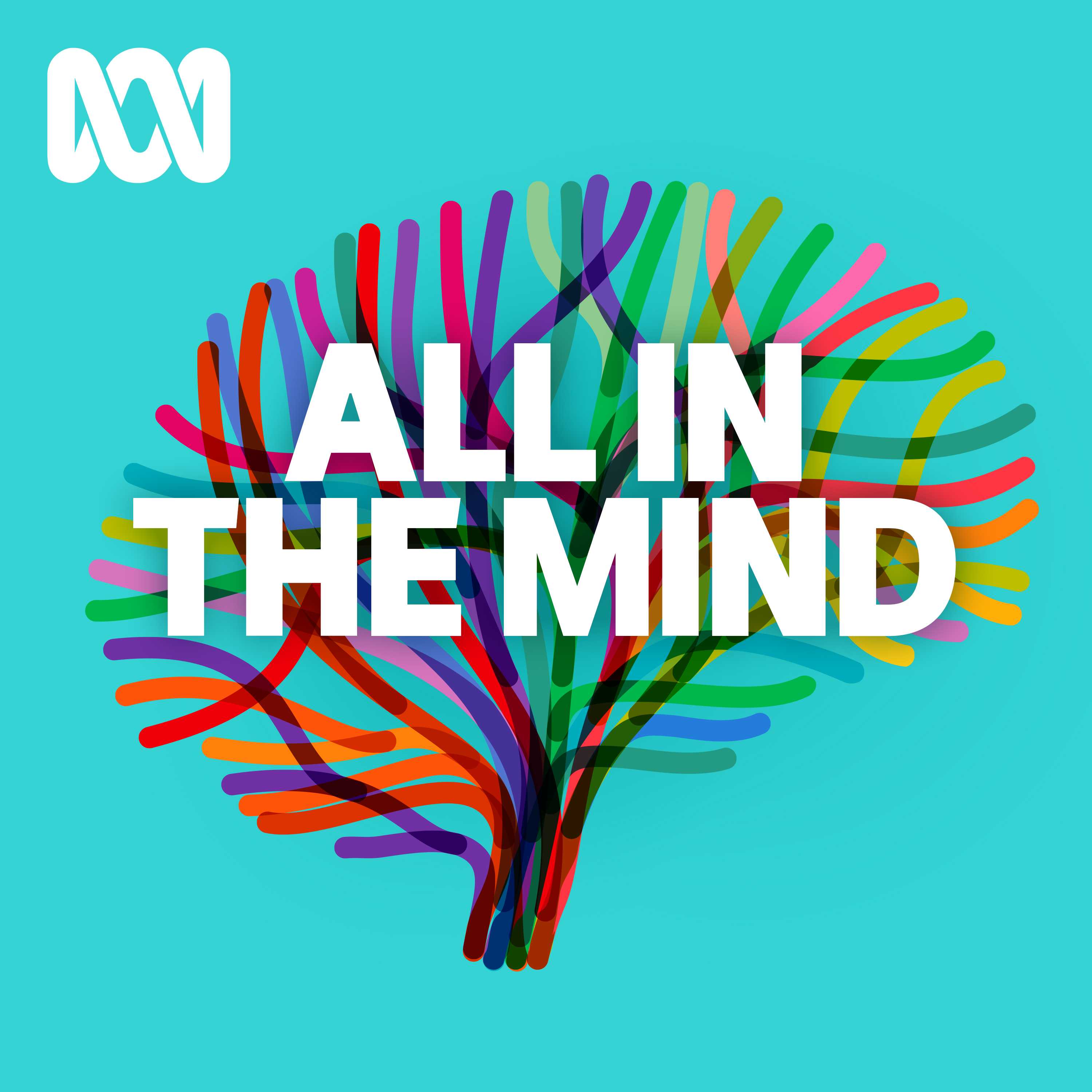
All In The Mind
ABC
What Now? with Trevor Noah
Trevor Noah
No Stupid Questions
Freakonomics Radio + Stitcher
Entrepreneurial Thought Leaders (ETL)
Stanford eCorner
This Is That
CBC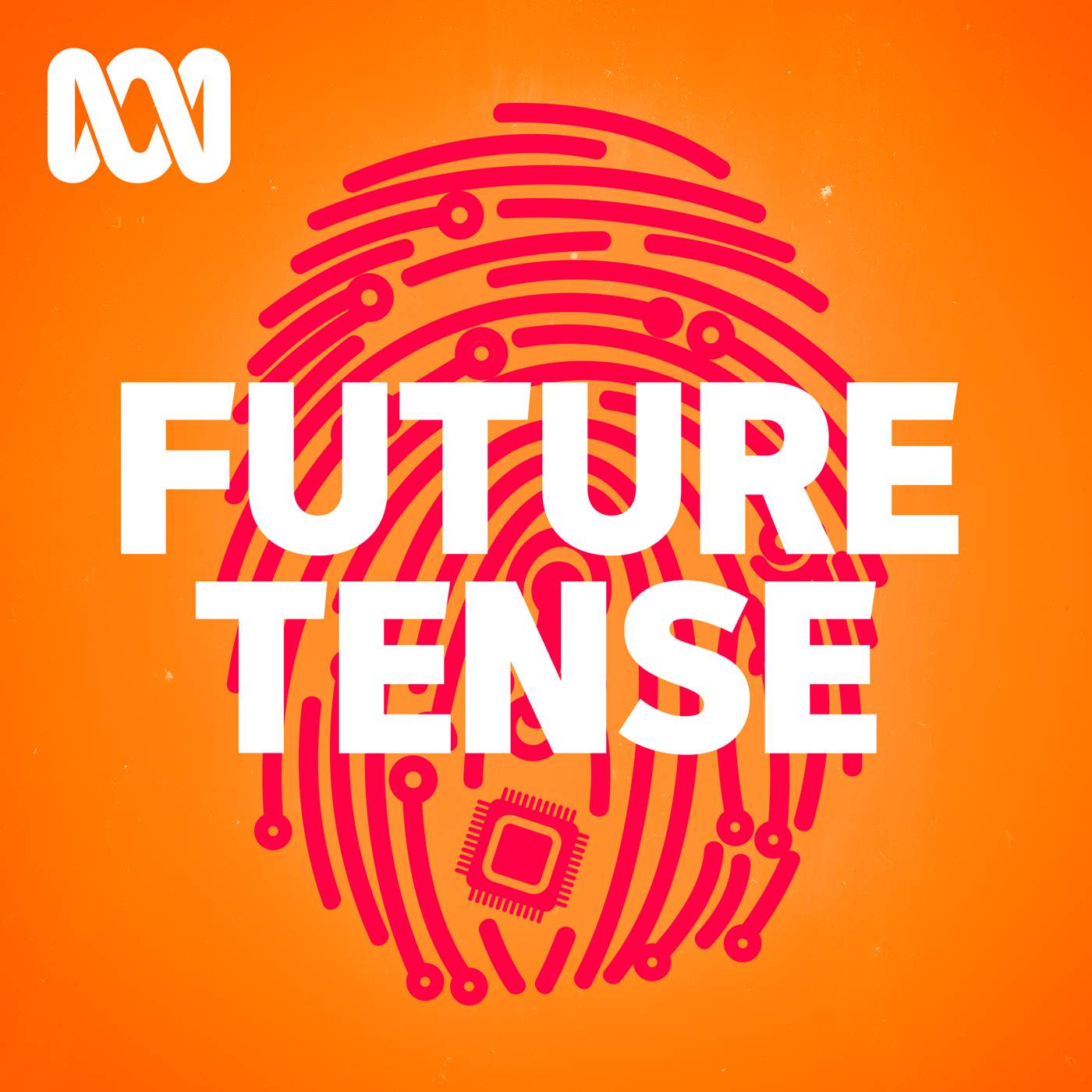
Future Tense
ABC
The Naked Scientists Podcast
The Naked Scientists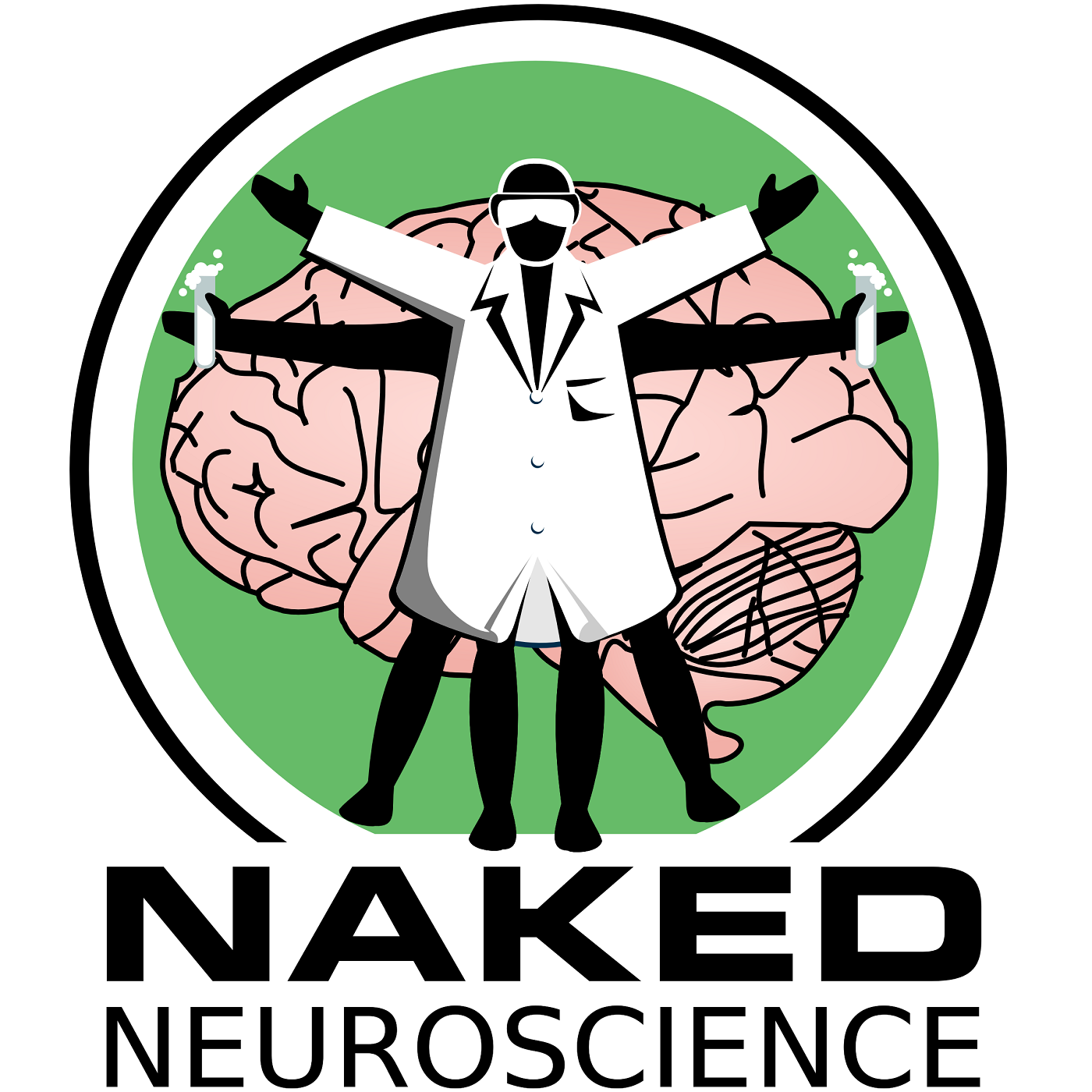
Naked Neuroscience, from the Naked Scientists
James Tytko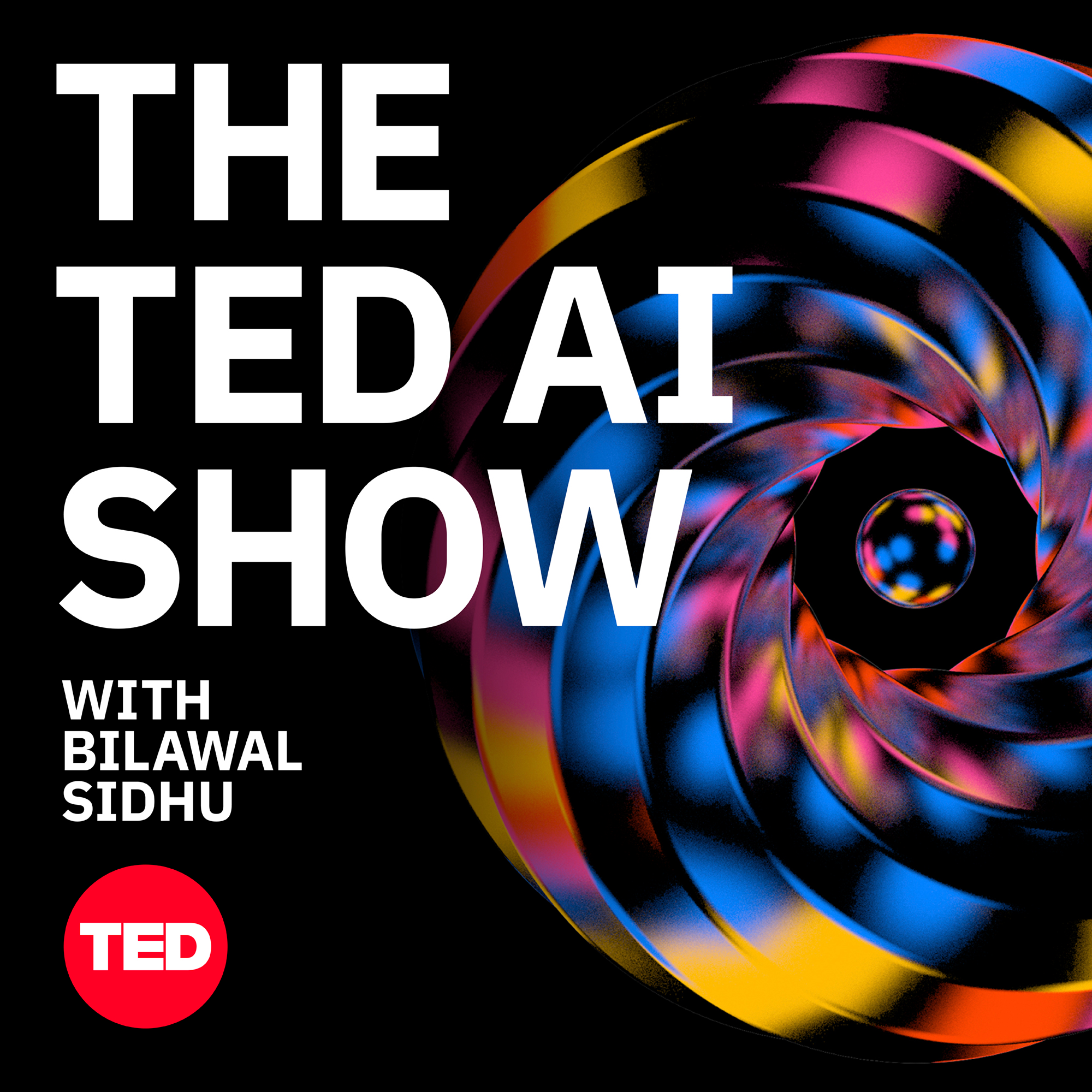
The TED AI Show
TED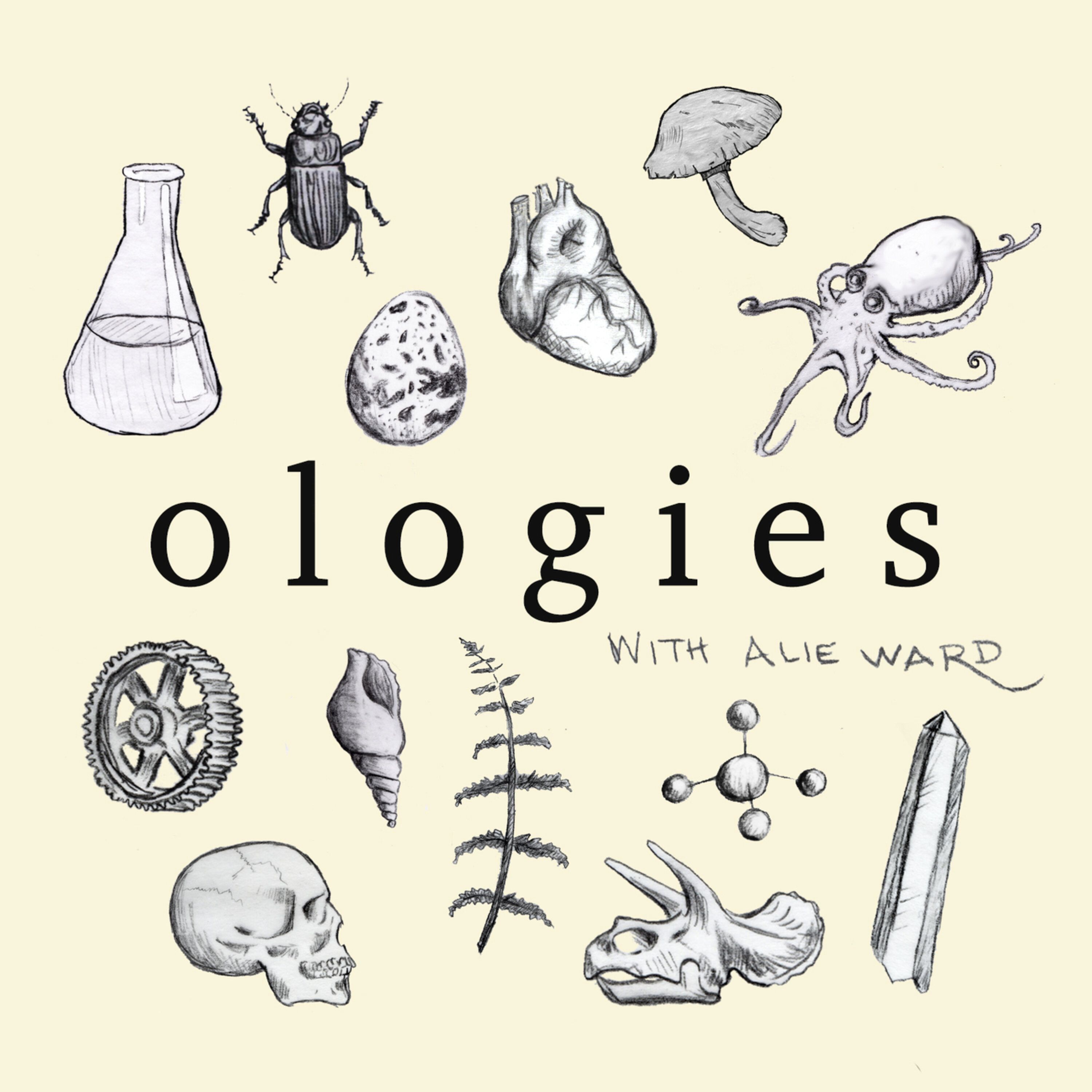
Ologies with Alie Ward
Alie Ward
The Daily
The New York Times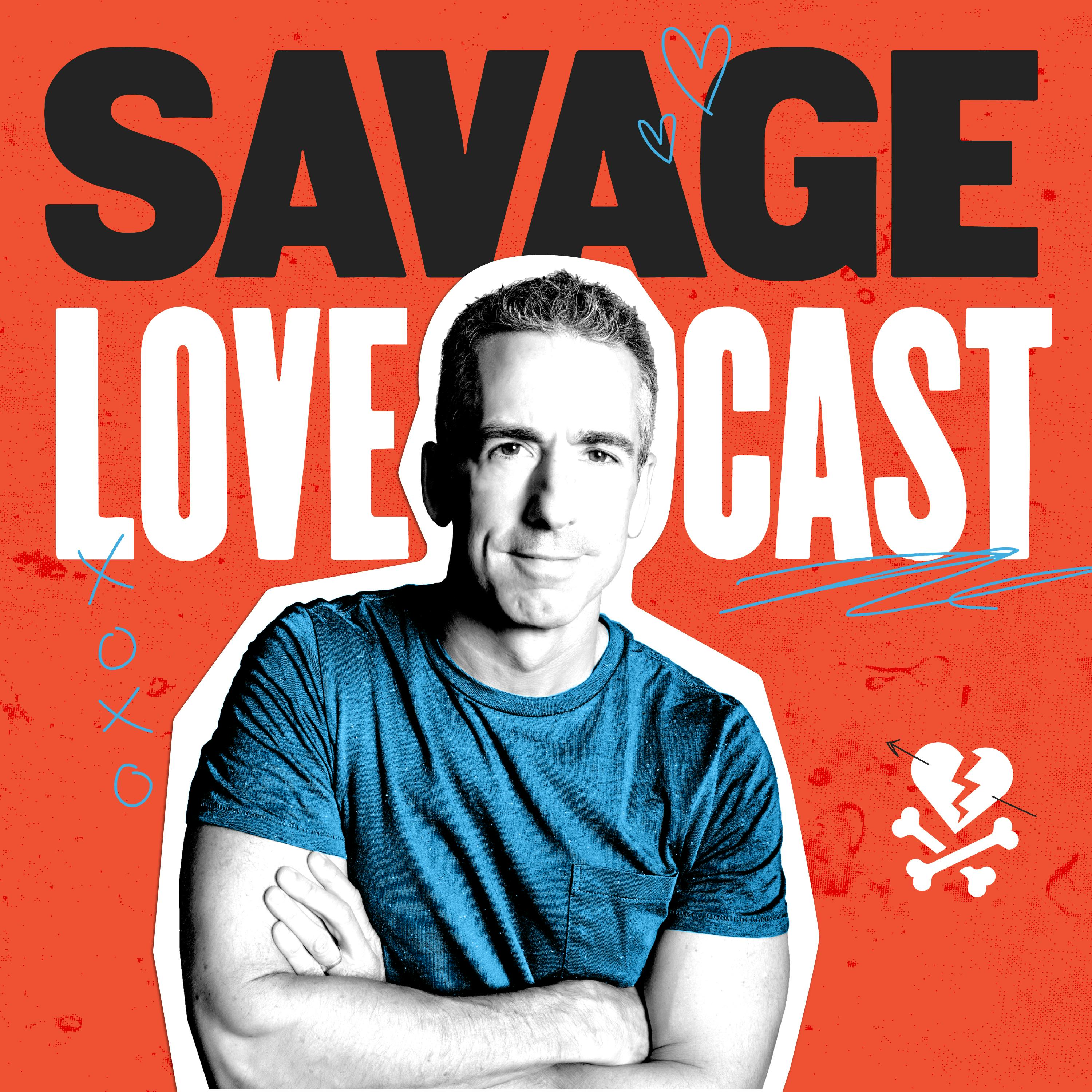
Savage Lovecast
Dan Savage
Huberman Lab
Scicomm Media
Freakonomics Radio
Freakonomics Radio + Stitcher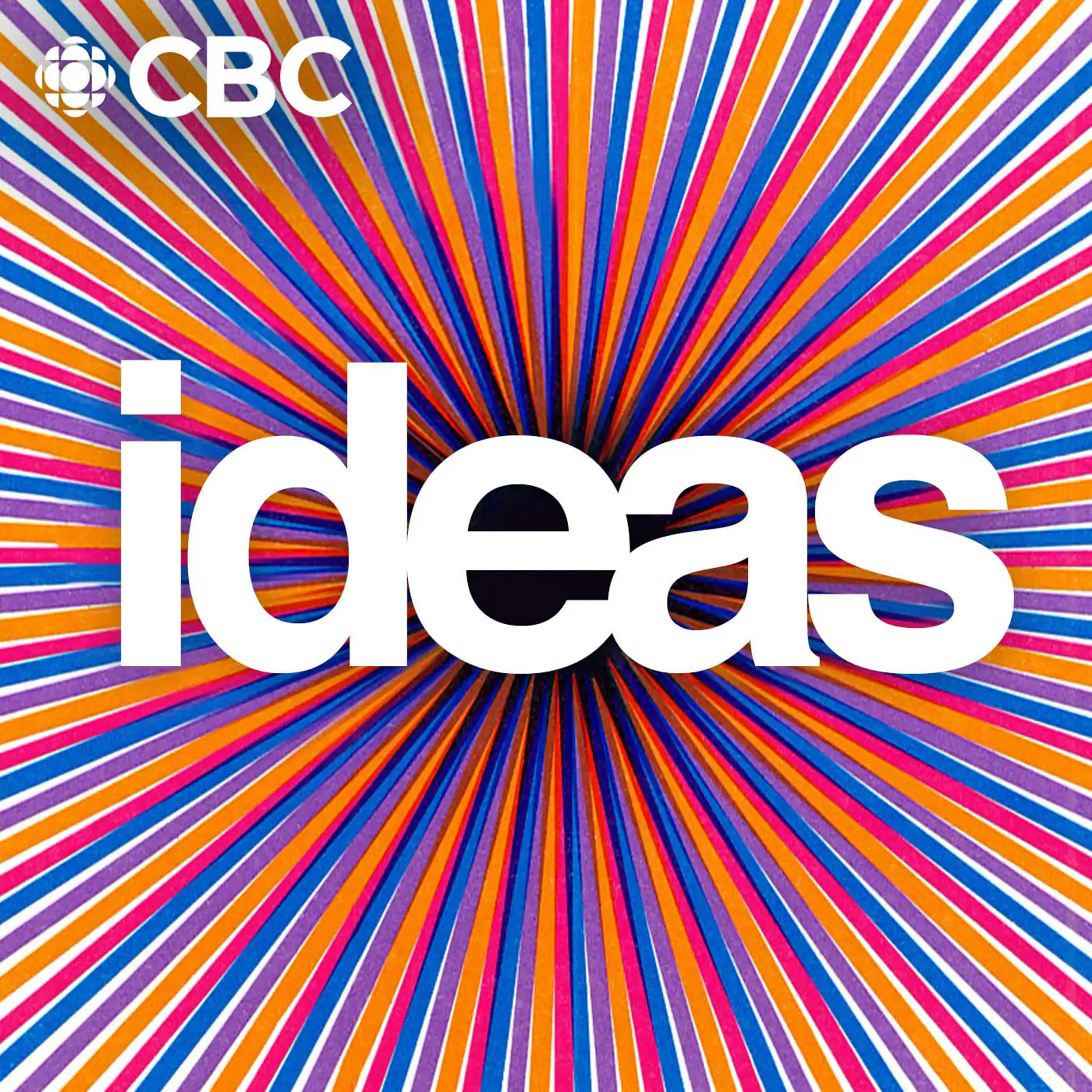
Ideas
CBC

